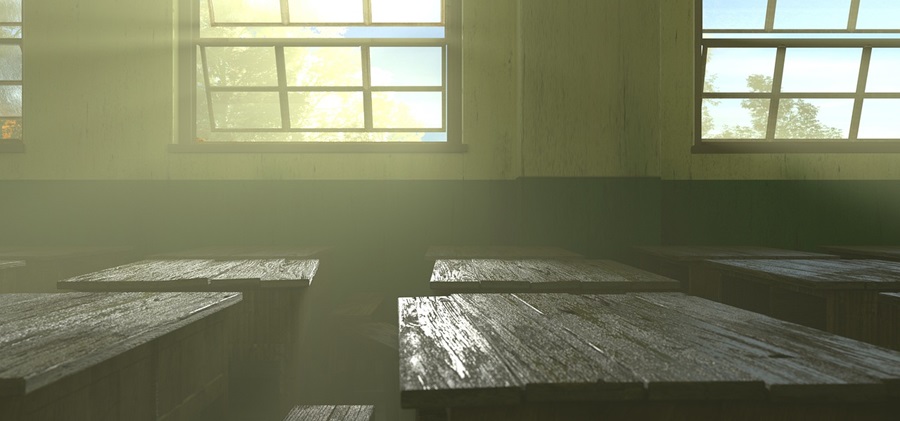- Opinion
- 5 de June de 2025
- No Comment
- 6 minutes read
Violence and institutional falsehood

Violence and institutional falsehood
The prevailing atmosphere is one of confusion and deep isolation


Hannah Arendt was the philosopher of the banality of evil, but also of institutional falsehood. She dissected the deeper reasons why lies take root in politics and warned of the dangers posed by a society in which journalists or philosophers no longer hold facts to account. Arendt feared that fanatical ideological fictions might one day supplant factuality.
In recent days, we have witnessed a masterclass in institutional falsehood. A teacher at the Secondary School of la Mina (Barcelona) was assaulted, and the Department of Education has remained silent. Not even a token message of support on social media. All it has offered the press is the announcement of a protocol supposedly aimed at the emotional wellbeing of the victim and, from what I can gather, their colleagues too. Emotional wellbeing in the age of emocracy. Emotional wellbeing in response to a stabbing.
No condemnation of the violence. No public gesture conveying a clear and firm message that aggression against teaching staff is unacceptable and will be pursued through legal channels. Today, to condemn violence appears to have become a radical act—precisely what Hannah Arendt warned against.
The institution is caught in its own lie. It cannot bring itself to admit that its imagined model of the Catalan school—a supposed success story—simply does not exist. In theory, mobile phones are banned, but in practice very few schools manage to enforce it. In some centres, teachers are assigned toilet duty, reduced to acting as sentinels for students presumed to be naturally unruly. Pseudo-restorative therapies are introduced, which neutralise any immediate and firm consequences for violent behaviour, and instead emulate corporate coaching. Teachers are ordered to produce pointless lesson plans that no one reads. They are intimidated when they express dissent.
And so continues the long bureaucratic litany: it begins with the fiction presented at competitive examinations—unrealistic, unworkable learning scenarios—and ends with satisfaction surveys, staff meetings that resemble politburos, and a lively cardboard-cutout life on schools’ social media profiles. An entire façade of falsehood propping up a system that is no longer sustainable.
The institution leaves us professionally exposed and unprotected. It normalises violence, insults, and the degradation of our teaching role. The latest educational reforms, which have turned many schools into daycare centres where students are infantilised and learning is all but absent, have helped entrench the idea that teachers are dispensable—submerged in a sea of bureaucracy and make-believe pedagogy.
In many schools, violence—above all verbal, but also physical—is a daily occurrence. Teachers work under a constant barrage of insults and discredit. Were it not for the extraordinary dedication of so many professionals, the system would implode. This lived truth, shared by so many educators, is so stark that it must be buried under an even greater falsehood in order to be denied.
The posthumous treatment of our work, associated with the loss of authority, leaves us disoriented—while the most serious consequences, such as physical assaults of this nature, terrify us. Acts which, had they been committed against a police officer or a judge, would have been condemned by the government without delay. The prevailing atmosphere is one of confusion and deep isolation. The geography of unease now extends into staffrooms, carried in on the back of political correctness.
Without a clearly defined function, there can be no authority. Once a boundary is allowed to be crossed, others will surely follow. This is an educational system built on procedural, bureaucratic, and digital falsehoods—a system that devalues us, and works to whitewash poor behaviour, lack of academic effort, violence, and indiscipline.
If the very institution tasked with our protection is trapped in its own deceit, then collective organisation is all we have left. The teaching staff at La Mina offered, just the other day, a profound lesson in humanity, tolerance, civic responsibility, and dignity. On that Friday, at the rally organised in the neighbourhood, the fiction crumbled—shattered by the catharsis of a faculty that has had enough, and simply wants to be allowed to teach.
Source: educational EVIDENCE
Rights: Creative Commons

